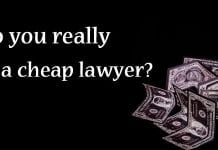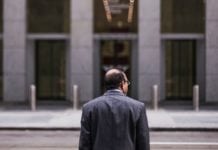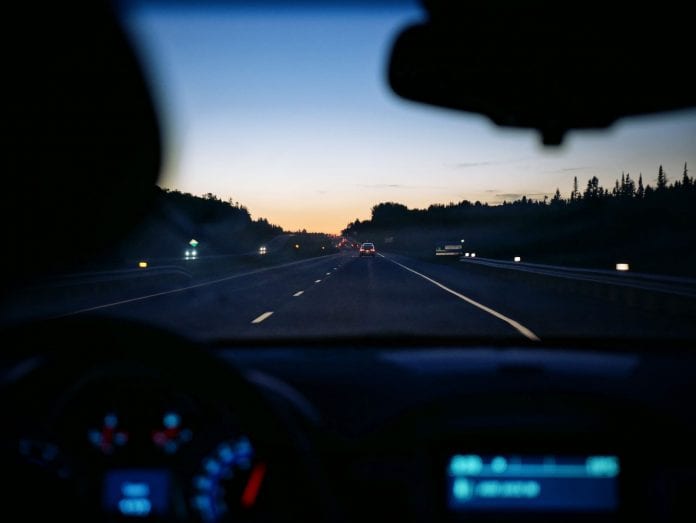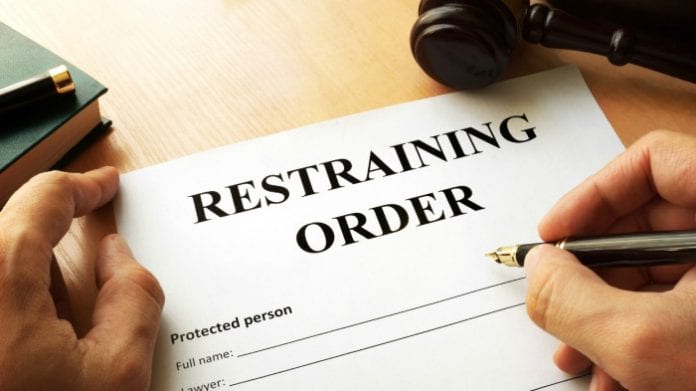Table of Contents - Jump Ahead:
Online marketplace Amazon is in many ways an American success story. Jeff Bezos started the business in a garage in 1994. Its stock valuation approaches $900 million, making Bezos the wealthiest man on the planet (at least before his divorce) worth perhaps $150 billion.
Though Bezos has expanded into everything from computer services, to online video and music distribution, to supermarkets and space travel, the core of his empire is his Amazon online retail business. It runs on underpaid and overworked employees manning a widening network of warehouses (at least until they’re replaced by robots) who are frequently injured due to a blistering pace of work in an atmosphere that prizes efficiency over safety.
Worker Health & Well-being at Amazon Not as Important as Meeting Quotas
An investigation by the Guardian newspaper last year found that Amazon workers frequently suffer workplace injuries and are later forced out of their jobs. This 21st century worldwide business giant is profitable for many reasons, including treating their employees in ways that might remind you of working conditions described in a Charles Dickens novel.
Amazon warehouses made it to the National Council for Occupational Safety and Health’s “dirty dozen” list of most dangerous places to work last year. The company was listed because of unsafe working conditions and making productivity and efficiency priorities over the safety of its workforce.
Examples of allegations made against Amazon include:
- Bryan Hill of Florida sued Amazon last year claiming he was fired for injuring his back on the job and their failure to file a workers compensation claim after his injury was reported.
- Christina Miano-Wilburn worked at a fulfillment center in Pennsylvania for five weeks. She says she was on a ladder which was struck by another employee, she fell and landed on her left leg and back. Her back is permanently injured from the accident. She claims Amazon refused to give her the forms for a workers’ compensation claim and cut short her short term disability benefits.
Other Amazon employees quit before they can become injured. Lindsai Florence Johnson stated she left work in an ambulance after feeling dehydrated and dizzy while working at an Amazon warehouse in California in 2017. She quit the company last year. She told the Guardian not everyone injured on the job reports it to management for fear they’ll be fired.
Temporary Workers at Amazon Deal With Injuries and Their Uncooperative Temp Agencies
Many workers at Amazon warehouses aren’t technically Amazon employees. They’re hired by temp agencies who may also stonewall workers’ compensation claims. Michael Yevtuck has been involved in a workers compensation claim against Integrity Staffing, who hired him to work in a New Jersey fulfillment center. Yevtuck said he suffered knee injuries while going up and down step ladders trying to fulfill his work quota.
An Amazon company doctor stated he could to work on light duty and he was provided knee braces. He provided documents explaining the situation from Amazon company and private doctors to management. But Yevtuck says those documents were ignored, he was placed back on full duty and reinjured both knees.
Amazon’s Treatment of Employees gets the Attention of the Federal Government
It’s not just Amazon employees who aren’t reporting injuries. It’s also the company. A citation issued by federal safety regulators in 2016 accused the company of failing to report at least 26 work-related illnesses and injuries at a New Jersey warehouse, reports CBS.
After an inspection by the federal Occupational Safety and Health Administration (OSHA) the agency found Amazon failed to,
- Report workplace injuries, and,
- Provide protective equipment to workers, who risked injuries including possible amputation of limbs.
OSHA also stated,
- Workers were exposed to stress from repeated bending at the waist,
- They worked shifts of ten or more hours,
- Sometimes overtime shifts were mandatory, and,
- The on-site medical unit provided medical care beyond what was permitted by their licensing and certification and without the supervision of a board certified, qualified medical professional licensed to practice independently.
A Pennsylvania Amazon warehouse became so hot in 2011 the company had paramedics on standby to help employees who passed out, yet the company didn’t open doors to improve ventilation because they feared employee thefts, according to the Allentown Morning Call. In one part of the warehouse the heat index (a measurement of the heat and humidity) reached 110. Employees could take short breaks but were then told to get back to work.
In June of that year a warehouse employee reported to OSHA,
- The heat index hit 102 degrees in the warehouse,
- 15 workers collapsed, and,
- Workers who went home due to heat-related health problems were disciplined.
Eight days later an OSHA complaint hotline received a message from an emergency room doctor at a nearby hospital reporting “an unsafe environment with a[n] Amazon facility in Fogelsville…Several patients have come in the last couple days with heat-related injuries.”
New York Times Article gets Bezos to Talk the Talk, but not Walk the Walk
Amazon was the subject of a 2015 New York Times article which described its workplace as essentially a fast moving machine that crushed employees who couldn’t keep up. While some found the work compelling and the atmosphere addictive, there was high turnover in the high intensity warehouses where workers referred to themselves as “Amabots.”
After this article was published Bezos (who called his company’s culture “friendly and intense, but if push comes to shove we’ll settle for intense.”) met with employees and claimed he couldn’t recognize the workplace described as Amazon’s. In a letter to employees he claimed “shockingly callous management practices” wouldn’t be tolerated and urged employees who knew of “stories like those reported” to contact him directly, according to the Times.
It’s been more than three years since that article and if Bezos learned anything about how to treat its employees, especially those injured on the job at Amazon, it doesn’t show. While Amazon plans for warehouses run by robots it treats its current human warehouse employees like machines. Replaceable if damaged and undeserving of much thought or compassion.




































